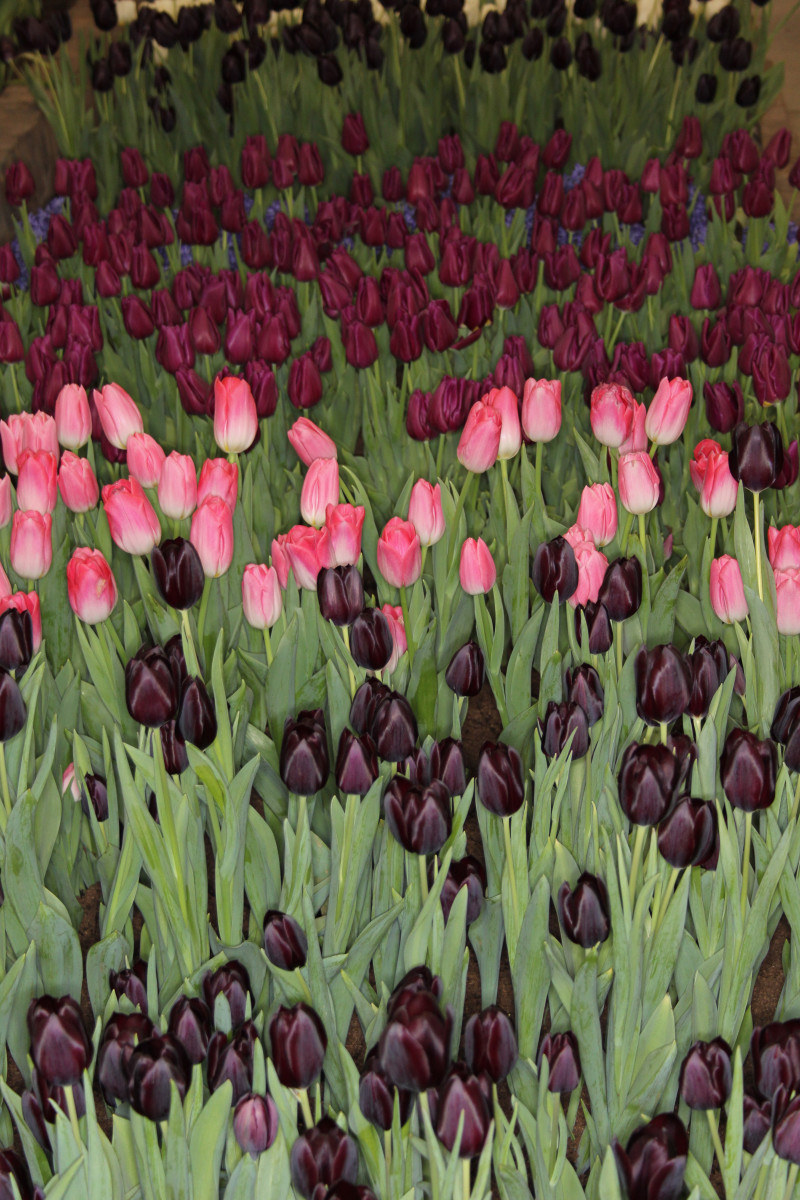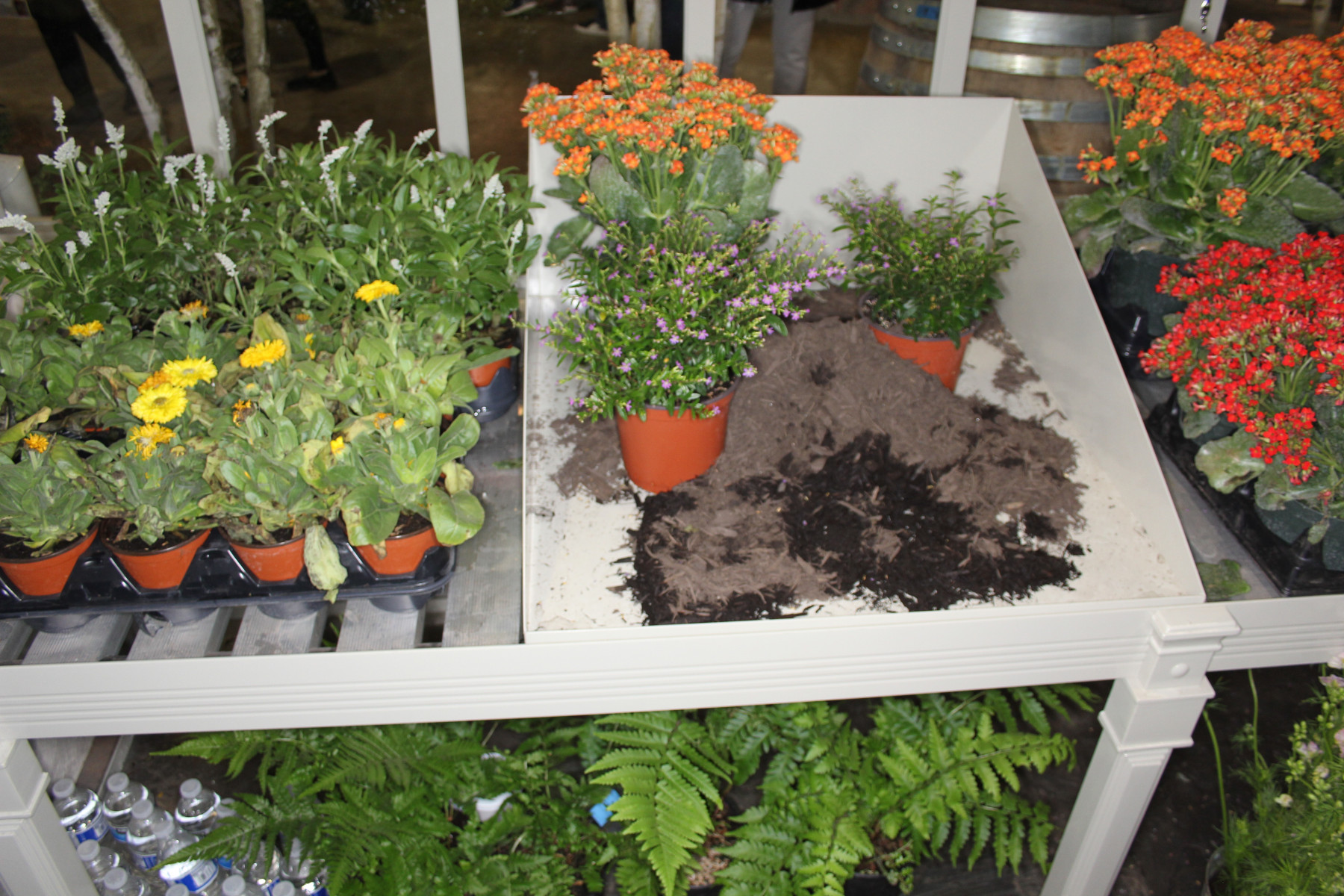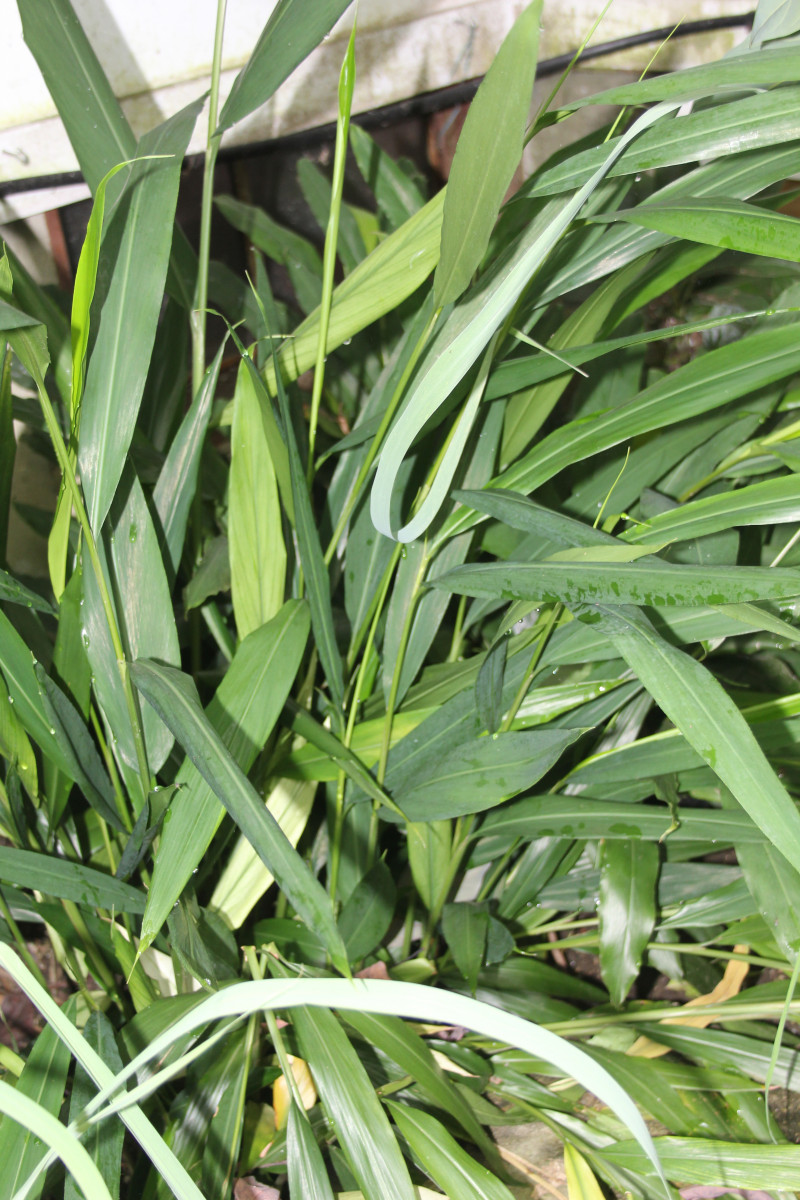
Getting your first greenhouse can be very exciting, but it can also make you a bit apprehensive when you realize there may be more to greenhouse gardening than you initially thought. Where will I get enough plants to fill my new greenhouse? And what kinds of plants are best suited to it? Should I worry about temperatures getting too hot or too cold, and how can I handle temperature extremes? Is there an art to organizing a home greenhouse? How can I outfit this new space to use it most efficiently? These are some of questions that most first-time greenhouse owners ask. Here are some tips that address them, hopefully filling in a few of the gaps in knowledge that you, the novice greenhouse gardener, may have.
Can greenhouses get too hot or too cold?
If you’re concerned about the temperature range in your new greenhouse, that concern is well founded. The survival of your plants will depend on keeping that range within certain limits. There’s no substitute for measuring the temperature range in your new greenhouse even before introducing plants. Get a feel for how quickly the sun heats up the space and how fast the temperature drops on an overcast day or at night. The range involved for each season can easily be measured with a thermometer that shows maximum and minimum temperatures. If your greenhouse heats up to over 100oF (38oC) and cools to below freezing, you’ll need to install both cooling vents and a heating system of some kind. Then research and choose plants you like that suit the temperature range you know you can maintain.
If you plan on having larger plants year-round in your greenhouse, look for a wintertime heater with a fan to move the air around. If the air in a greenhouse doesn’t circulate, mold and mildew may form, which can ruin plants. It’s fine to have a static heating system, such as a radiator, but if so, be sure to put a fan somewhere in the greenhouse to keep the air moving. Moist, stagnant air is a major greenhouse enemy.
How can I fill my greenhouse with plants?

After investing in a greenhouse, the realization usually dawns that you have far more greenhouse space than you currently have plants. Buying plants for your new greenhouse is one option, of course. But there are other ways of filling a greenhouse that can typically save you some money.
One is using your new greenhouse to grow plants from seed. Although this may sound simple to do, there are some things you need to know, one of which is getting the temperature right. Most seeds germinate at temperatures between 65o and 75oF (18-24oC). So you’ll need to keep your greenhouse temperature close to this range for good germination. I’ve found that the best way to do this is to put a temperature-controlled heat mat under the seed trays. But be aware that you may have to turn the heat mat off on sunny days to avoid overheating the seeds and seedlings.
If you decide to grow plants from seed, you may also need supplemental lighting in your greenhouse. This can be provided by LED or fluorescent shop lights. A four-foot-long (1.2m) shop light fixture gives enough light for two 11” x 22” (28cm x 56cm) seed trays placed end to end. The lights should be positioned just two to three inches (50-75mm) above the trays to start and then gradually raised as the seedlings grow.
Producing new plants from cuttings from existing ones is another inexpensive way to increase your stock of plants. Greenhouse gardeners often exchange cuttings with one another to diversity the plants they grow. Instructions on propagating different kinds of plants from cuttings are easy found online.
How should I organize my greenhouse space?

Although a brand new greenhouse usually looks very empty, it won’t likely stay that way for long. So another tip for the first-time greenhouse gardener is to get your greenhouse well laid out right from the start. Installing ample shelving for plants is one way to accomplish this. But there’s more to organizing a greenhouse than just organizing the plants. You also have supplies to deal with. That’s where a good, suitably-sized workbench comes in. This valuable piece of equipment not only gives you a place to work in your greenhouse. It is also a place under which you can store your tools, fertilizers, potting soils, and pots so that everything you need is always close at hand. Avoid clutter by eliminating what you don’t really require, especially things made of metal, which can rust quite quickly in a greenhouse’s heat and humidity.
In time, you may want to create a separate potting shed for sowing seeds, rooting cuttings, and repotting plants. But this is getting well ahead of where you currently are in your journey of mastering the art of greenhouse gardening. As a novice, your motto should usually be: “Start small, but think bigger.” With this adage in mind, take a look around your new, blank slate of a greenhouse and begin to imagine all the wonderful possibilities.


